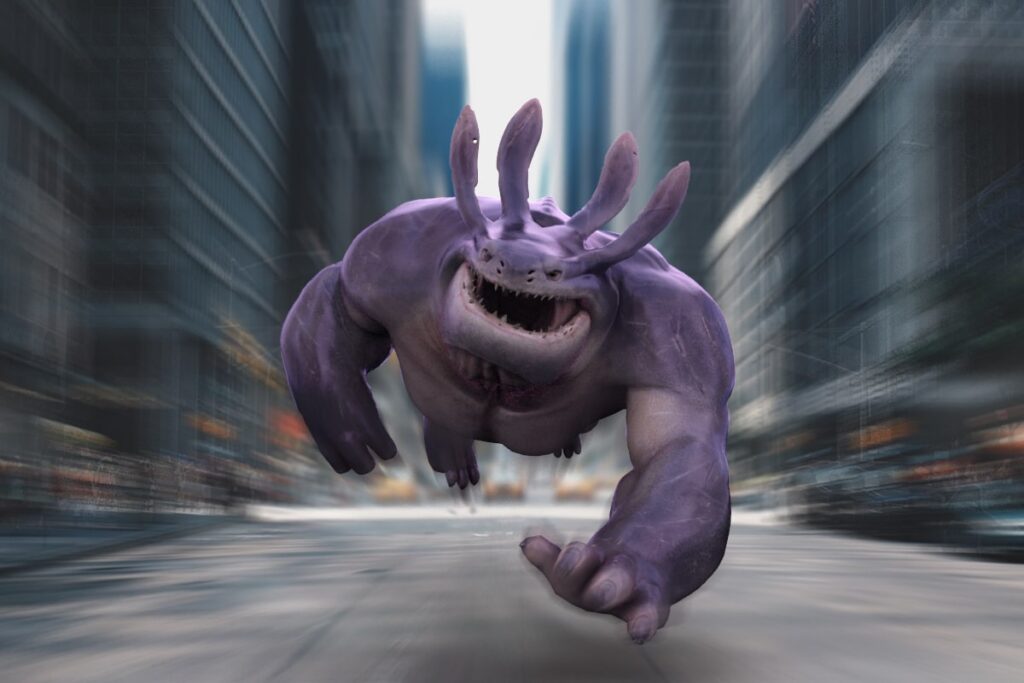In the world of animation, creating realistic movements for non-human characters is a crucial skill that can elevate the quality and believability of an animated project. Whether you are animating fantastical creatures, robots, or anthropomorphic objects, mastering the art of realistic movement can make your animations more engaging and immersive for your audience.
1. Character Study and Observation
Before diving into animating non-human characters, it is essential to study and observe real-life movements. Take the time to watch how animals, machines, and other non-human entities move in the real world. By observing these movements, you can gain valuable insights into the mechanics and physics behind different types of motion.
2. Understanding Anatomy and Physiology
An understanding of anatomy and physiology is crucial for creating realistic movements in non-human characters. Whether you are animating a mythical creature or a futuristic robot, having a solid grasp of how the body is structured and how it moves is essential. This knowledge will help you create animations that are not only visually appealing but also anatomically accurate.
3. Research and Reference
Research is key when it comes to animating non-human characters. Take the time to gather reference material, whether it be photos, videos, or sketches, that can help inform your animations. Pay attention to the small details, such as how light interacts with different surfaces or how weight is distributed in a particular creature or object.
4. Use Keyframes and Timing
Keyframing is a fundamental technique in animation that involves setting key poses to define the motion of a character. When animating non-human characters, it is important to pay close attention to timing and spacing to create movements that feel natural and fluid. Experiment with different keyframes and timing options to find the right balance for your animation.
5. Incorporate Secondary Motion
Secondary motion refers to the additional movements that occur as a result of the primary action. In animating non-human characters, incorporating secondary motion can add depth and realism to your animations. Consider how secondary elements such as hair, clothing, or accessories interact with the primary movement of your character to create more dynamic and lifelike animations.
6. Focus on Weight and Balance
One of the key principles of animation is understanding how weight and balance affect the movement of a character. When animating non-human characters, it is important to convey a sense of weight and mass in your animations. Pay attention to how different parts of the character move in relation to each other and how they interact with the environment to create a sense of realism.
7. Experiment with Different Styles and Techniques
Animation is a versatile art form that allows for a wide range of styles and techniques. When animating non-human characters, don’t be afraid to experiment with different approaches to find the style that best suits your project. Whether you prefer traditional hand-drawn animation or cutting-edge 3D techniques, exploring different styles can help you push the boundaries of your creativity.
8. Seek Feedback and Collaboration
Feedback is an invaluable tool for improving your animation skills. Don’t hesitate to seek feedback from peers, mentors, or industry professionals to gain new perspectives on your work. Collaboration with other animators and artists can also provide fresh insights and ideas that can help you enhance the realism of your non-human characters.
9. Stay Updated on Industry Trends and Tools
The field of animation is constantly evolving, with new trends, technologies, and tools emerging all the time. To stay competitive in the industry, it is important to stay updated on the latest developments in animation software, techniques, and best practices. Platforms like Yellowbrick offer courses and resources that can help you stay ahead of the curve and master the skills needed to create realistic movements for non-human characters.
10. Practice, Practice, Practice
As with any skill, practice is key to mastering the art of animating non-human characters. Take the time to hone your craft, experiment with different techniques, and push yourself to create animations that challenge and inspire you. With dedication and perseverance, you can develop the skills needed to bring non-human characters to life with realistic movements that captivate audiences.
Conclusion
In the competitive world of animation, mastering the art of creating realistic movements for non-human characters can set you apart as a skilled and versatile animator. By incorporating the tips and techniques outlined in this article, you can elevate the quality of your animations and create captivating characters that resonate with audiences.
Key Takeaways:
- Studying real-life movements of animals and objects is essential for creating realistic animations.
- Understanding anatomy and physiology helps in developing anatomically accurate movements.
- Researching and referencing materials can provide valuable insights for animations.
- Keyframing, timing, and incorporating secondary motion are crucial for fluid and natural movements.
- Focusing on weight, balance, and experimenting with styles can enhance the realism of non-human characters.
- Seeking feedback, staying updated on industry trends, and continuous practice are key to improvement.
For those looking to delve deeper into the world of animation and enhance their skills in creating realistic movements for non-human characters, consider enrolling in Yellowbrick’s “NYU Animation Industry Essentials” online course and certificate program.
This comprehensive program can provide you with the knowledge and tools needed to excel in the competitive field of animation.




